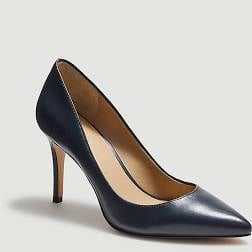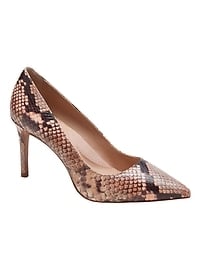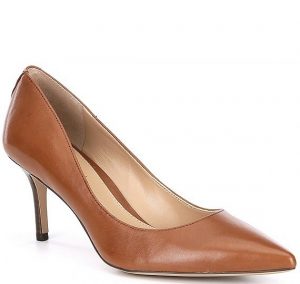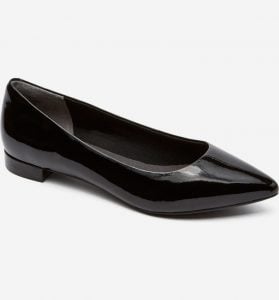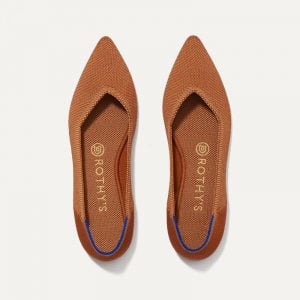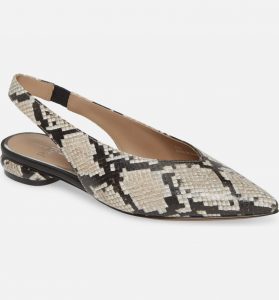It’s time to buy a new suit! A suit can be quite an investment, so you want to get it right. This guide will walk you through all the steps to get the perfect suit for you.
The good news: a well cared for suit can last for many years and through many wears. I wear a suit every day to work and have several I have worn for nearly a decade now.
Let’s get right to it.
Contents



Buy and Fit Your Suit
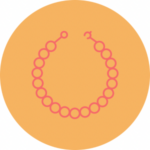

Pull Your Look Together

Care For Your Suit
Chapter 1: Determine the Purpose
Buying a suit can be an investment, so let’s take the time to get it right!
In this chapter, we’re going to think about the purpose of your suit, and what that may mean to the style of the suit you buy.
Are you interviewing or need an update to your corporate wardrobe? Will you be traveling more and need something that is easy to care for?
Maybe you are ready to invest in your first high quality suit. Regardless, let’s dive in.

Overview
The purpose of your suit will drive what type you get and how you accessorize it. It’s important to take a minute here to also think about the message you want to put out in the world.
A suit can help you command immediate respect and feel more confident for those important meetings and negotiations. Importantly, you want your suit to make you feel powerful, which you can then better project out to the world.
Purpose
Here’s a simple question: Why are you buying this suit? Here are some possible answers to this question.
| Purpose | Style Considerations |
|---|---|
| Interview: Business or Professional (e.g. Lawyer, Executive, Accountant, Engineer) | A more traditional style of suit with clean lines and low frills is best. Stick to more traditional colors such as navy, charcoal grey, or black. |
| Interview: Creative | Put your personal style on display while maintaining clean lines and a professional look. Consider the traditional colors noted above plus eggplant, camel, and forest green. |
| Interview: Non-Business (e.g. Teacher, medical field, social work) | A suit should still be worn, but you will have many more options and can veer from the very traditional business suit. |
| Corporate Office (day-to-day wear) | Invest in quality as you’ll wear it many times. Strive to look professional, while showing your individual style. Mix and match suit separates with other jackets, pants, skirts or dresses for more wardrobe options. |
| Presentation or Speaking Engagement | There are no rules, but you want something you can move in. Take pictures in the presentation suit from close up and far away, including various poses – arms up, sitting down, or any other moves you make while speaking. |
| Travel | Consider a washable suit or a fabric that doesn’t wrinkle easily such as wool or cashmere. |
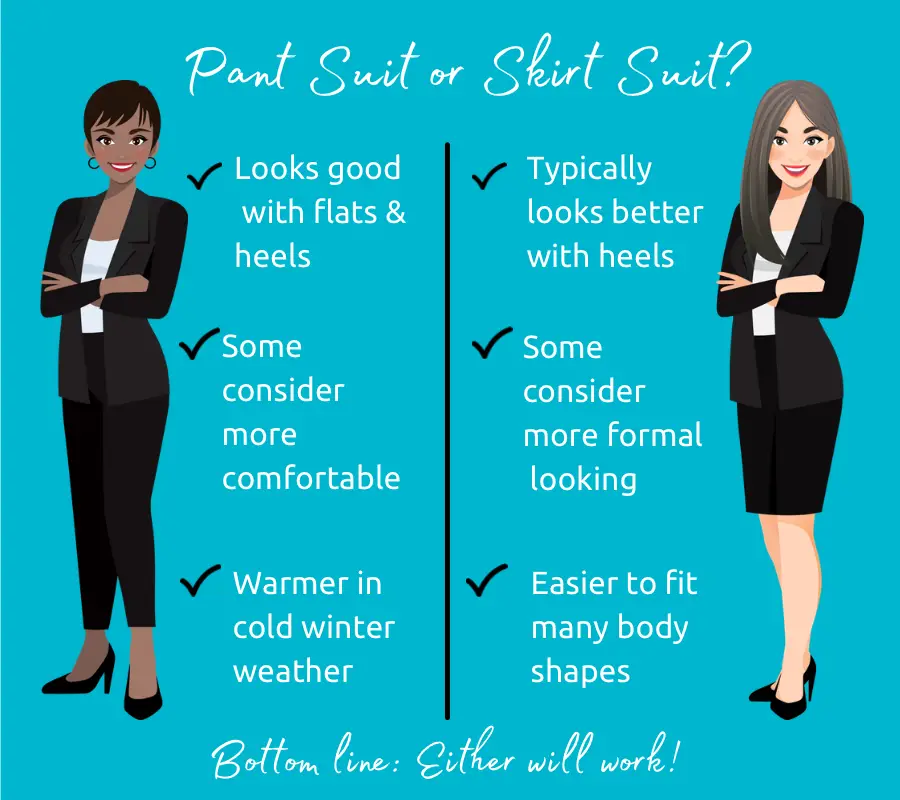
Messaging
After you’ve determine the purpose and considered the basic style of your suit, consider some messages you want to convey while wearing your suit. What is it you want to feel and want others to react to? Pick 3-5 messages you’d like to convey and jot them down. We’ll refer to these later.
- Powerful
- Innovative
- Trustworthy
- Approachable
- Impressive
- Knowledgable
- Friendly
- Distinctive
- Refined
- Intelligent
- Captivating
- Authoritative
- Organized
- Fashionable
- Practical
- Sophisticated
- Exotic
- Fearless
- Exuberant
- Poised
- Younger
- Older
- Gracious
- Dramatic
- Elegant
- Conservative
- Successful
- Dependable
- Likable
- Vibrant
- Glamorous
- Assertive
- Magnetic
Great job determining the purpose of your suit, thinking about how that will influence the style you buy, and choosing some messages you want to convey. Keep going – the next chapter is all about YOU.
Chapter 2: Consider Your Attributes
Question: What’s the most important thing to think about when buying a suit?
Answer: You!
That’s right. The most important thing to consider are your physical attributes, your style, your coloring, and your proportions. There’s no easy button here. Each of us is unique and will prefer different styles and colors.
The good news is once you determine what works best for you, you can use this information over and over to make the best style choices.

This suit needs to feel like you. In order to ensure it’s right for you, let’s look at your body shape, your proportions, and your coloring & contrast.
Body Shape
Spending a bit of time considering your body shape will help in all your clothes purchases to come, including a suit purchase. There are 5 basic body shapes, so let’s find yours.
Stand in front of a full length mirror in form fitting clothes and consider your body shape. Read the descriptions below, note your basic body shape and the styles to try for your body type.

You have it if:
Your shoulders and waist are narrower than your hips and thighs.
Styles to try:
- Suit with a fuller bottom half than top
- A-line, flared or pleated skirts
- Peplum top or jacket
- Jackets with narrow shoulders

You have it if:
Your shoulders are wider than your waist and hips or thighs.
Styles to try:
- Wider leg pants to create balance with your top half
- A more cropped jacket can draw focus to the waist
- Shift dresses that falls straight down your body, creating a long line

You have it if:
Your shoulders are are approximately as wide as your hips and your waist is noticeably narrower
Styles to try:
- Suits that emphasize the waist with a belt or other detail
- Peplum or wrap jackets or tops
- Try a higher waist pant and a more flowy style

You have it if:
Your shoulders are approximately as wide as your hips and your waist appears wider than your shoulders and hips.
Styles to try:
- Suits with a dress that bypasses the waist
- A longer open jacket to create vertical lines
- Try a wrap top or peplum top to help define the waist

You have it if:
Your shoulders are approximately as wide as your hips and your waist appears approximately as wide as your shoulders and hips.
Styles to try:
- Add print and texture to your look to add depth
- If wearing a belt, only a narrow belt will likely work
- Try a flared skirt that adds movement to your look
Proportions
Certain proportions are naturally pleasing to our eyes. To put it simply, we generally find a 1:1 ratio to be boring and uneven proportions to be more interesting. 1:2 or 2:3 ratios work well for clothing, and that’s what we’ll target for our suit purchase. For the purposes of buying a suit, you only need to consider pleasing proportions in your purchase, but if you’re interested in diving deeper, read this.
The good news: Suit makers know all about good proportions, so it is easier to get a balanced and interesting look in a suit than with other clothing.
1:2 Ratio
This is also called the rule of thirds. Consider your body and clothes in 3 parts, and try to split your clothes and/or your body into thirds. In the example below you can see in the woman on the left that approximately 1/3 of her body is her top and 2/3 is her pant. The woman on the right is wearing a skirt suit that makes up 2/3 of her body, with the suit jacket making up 1/3 and the skirt making up 1/3. You can see these proportions look nice and balanced.
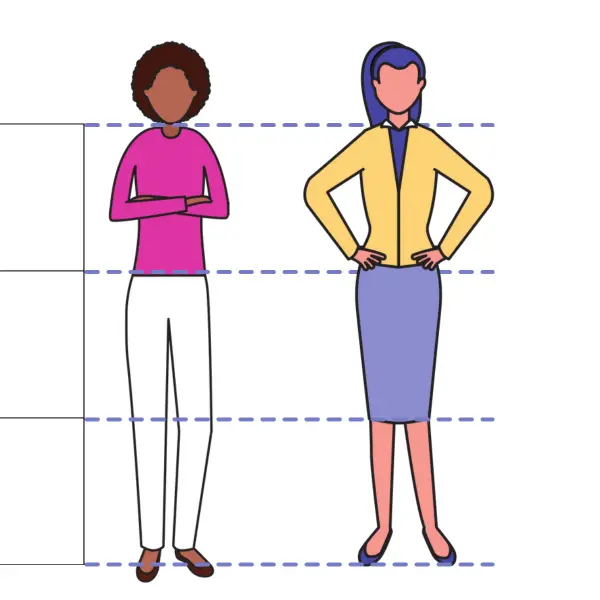
2:3 Ratio
The proportions in the example below look very balanced as well. In this case, you consider your body in 5 parts and try to achieve a 2:3 ratio in the clothes and/or body. In the woman on the left, 3/5 of her body is her suit, and 2/5 is her legs. Within the top 3/5 that is further split as one third is the skirt and two thirds is the jacket.
The woman on the right is wearing a dress that makes up 3/5 of her body and her legs make up the other 2/5. You can see this ratio is also interesting and balanced.

It is important to note that if you try on an outfit, and something just isn’t right, it is likely the proportions or the fit. Start pinning hem lines, tucking in the top, moving the lines of the garment around to see if you can get closer to a 1:2 or 2:3 ratio.
Your Proportions
Now that you know what pleasing proportions are, let’s think about your body.
Some lucky people can easily achieve a 1:2 or 2:3 ratio with their body without much work. For the rest of us (me included), we have to work a bit harder.
If you are struggling to attain pleasing proportions, you likely have a longer waist and shorter legs or a shorter waist and longer legs. Where you are short, you will try to optically lengthen, and where you are long you will try to optically shorten.
Tips For Shorter Legs/Longer Torso
- Suit jacket with 3/4 sleeves, or push up the jacket sleeves
- Slimmer fit pants
- A short jacket with a longer skirt or pant
- A longer jacket with a shorter skirt
- A higher rise pant or skirt (this is easy to do with a skirt as they are nearly always create a higher rise look)
- Detail in your top such as horizontal lines, diagonal lines, patterns or a wide waist band to break up the space
- A dress that bypasses your waist
Tips For Longer Legs/Shorter Torso
- Medium length or long jackets
- Long sleeves
- Break up the lower body with patterns, prints or colors on bottom
- A dress that bypasses the waist
Color & Contrast
Color
While color is a complex topic, we can keep it simple with your suit. There are a few things to keep in mind.
Suit Color
As discussed in chapter one, if you’re purchasing a suit for a more formal occasion (think interview), try a suit in navy blue or charcoal grey. Also consider a black suit, which can look a bit harsh on some people, while it looks very sharp on others. You don’t know until you try.
For a less formal look, try other neutrals such as eggplant, camel, forest green, or light grey. Also, consider other popular fabrics and prints like tweed, plaid, pinstripes, or herringbone.
The most important thing is that everything should relate to you and your coloring. Tip: try a top that has a color that match your eye color.
Top Color
Once you have the suit color, think about colors that compliment that suit color and your natural coloring for your top and other accessories. The best thing to do here is just try things on. Notice how you look, how you feel, and if how you feel matches your purpose and the descriptor words you picked in Chapter one.
Look for color inspiration while shopping online and also use Pinterest to save some color combinations you want to try.
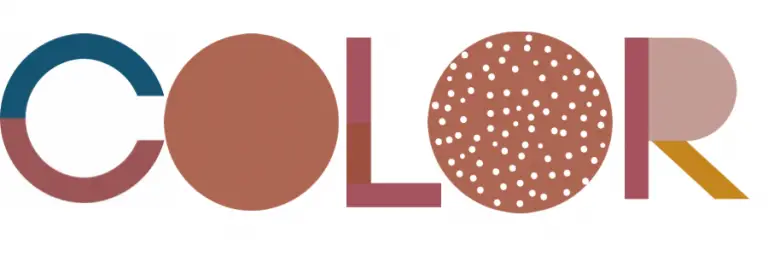
Select items that are in harmony with your natural coloring and your contrast level (see below). When you try on a color, look at your face (not the suit or top) and notice if your face looks better or worse with those colors on. This is a trial and error game, and you really have to listen to how you feel in each color combination.
Contrast
To determine your contrast level do the following exercise:
- Stand in front of a mirror
- Look at the color or and contrast in your:
- Skin color
- Hair color
- Eyebrows
- Eye color
- Whites of the eyes
- Teeth color
- Natural lip color
- Consider the similarities in colors among all your facial elements listed above. Is there a high contrast in the colors or are most of them a similar color?
Note your level of contrast (high/medium/low), referring to the examples below if needed.
Examples of medium & low contrast
Notice the lower contrast in each woman’s face and hair. If you naturally have lower contrast in your features, you can increase the contrast with makeup or hair coloring if desired.

Examples of higher contrast
Notice the higher contrast in the skin color, eye color, hair color, teeth or eyebrows.
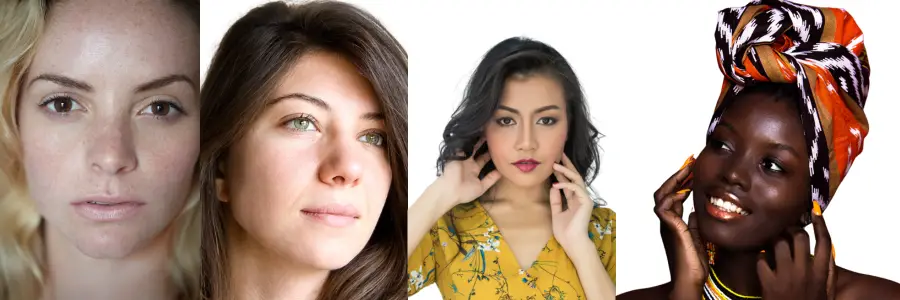
Contrast in clothing
Now that you know your level of contrast, you should try to find clothing that matches the level of contrast in your face.
If you have higher contrast, you can match the contrast in your outfit by contrasting your top, shoes, or accessories with the suit color.
If you have lower contrast, maybe you go with more subtle contrast between these elements.
Use this information as a guideline and not a rule. Notice how you look in higher or lower contrast clothing and how that relates to your face and hair.
Chapter 3: Buy and Fit Your Suit
Let’s go SHOPPING!
Buying your suit means taking all of the information from the previous two chapters and putting it to work!
Some of this will be trial and error. Finding that perfect combination of what works for you body and what you feel amazing and powerful in might take some time in the dressing room.
But think about all you can accomplish in your new suit!

Now that you know the purpose of your suit, the message you want to convey, and the styles and colors that will best fit you, you’re ready to go shopping.
First, determine your budget and review the links below for brands and department stores within your price range. Look for brands that have styles that will fit your body type and proportions, and pay close attention to the colors you determined you wanted above.
Budget & Brands
I recommend buying a from the highest price group you can afford. This is especially true if you are going to wear the suit a lot.
Lower Priced Suits for Women ($200 or less)
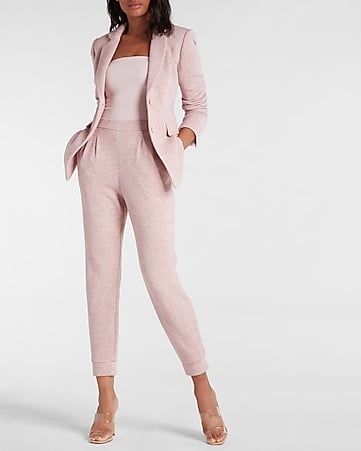
Department Stores
Mid-Range Price Suits for Women ($200-500)
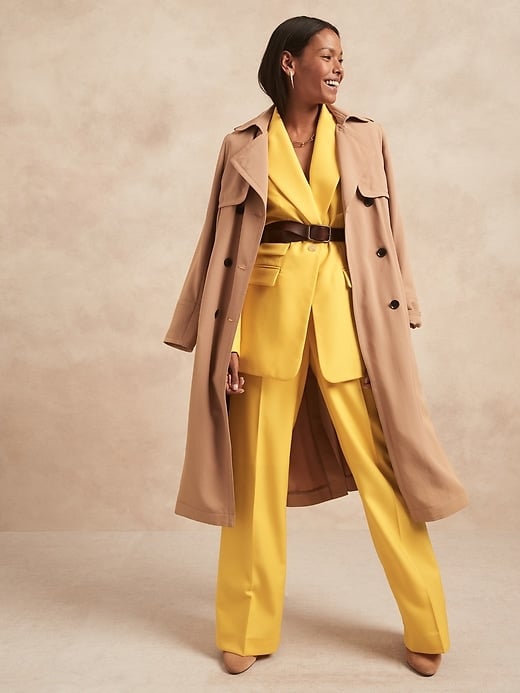
Higher Priced Suits for Women (Over $500)
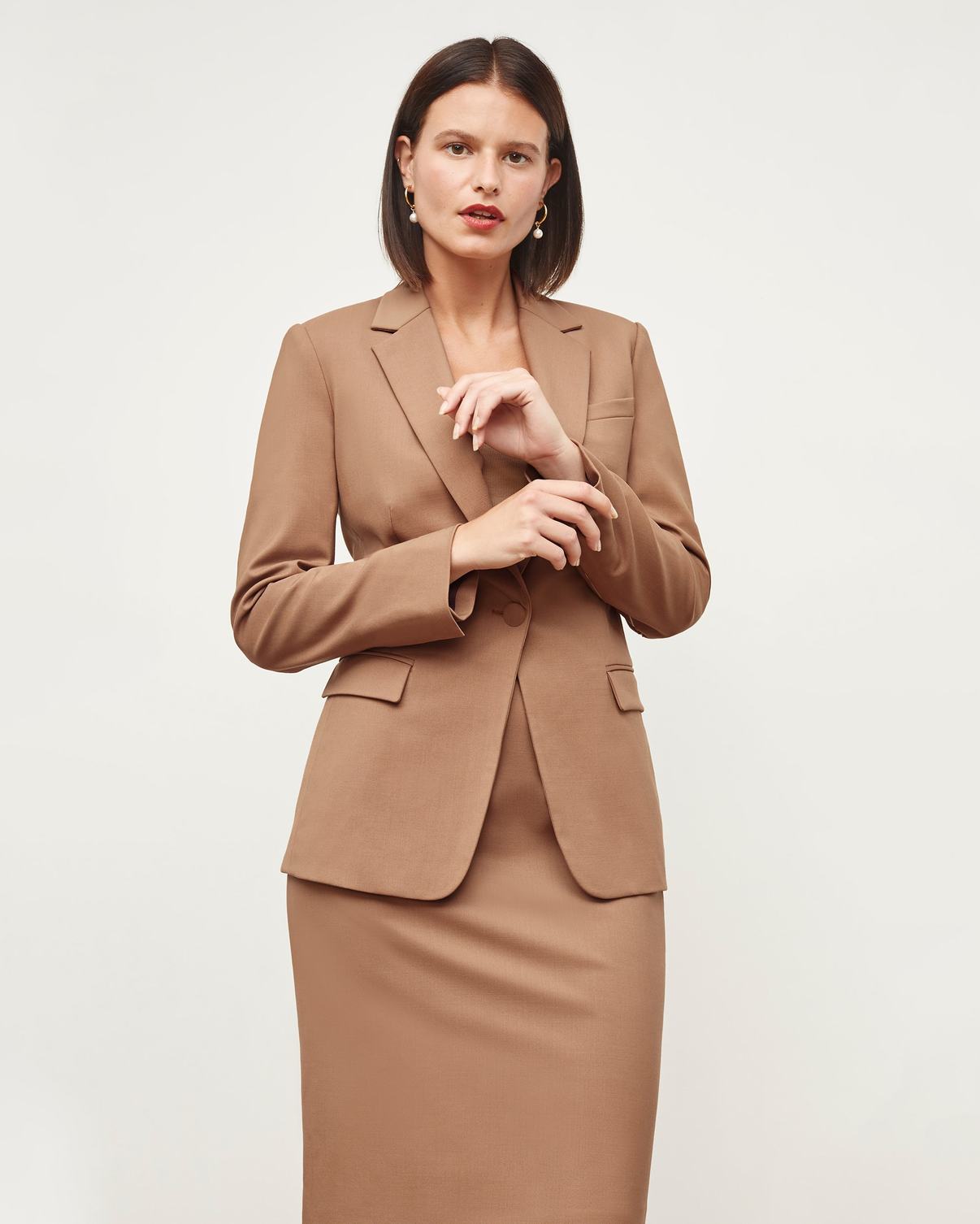
Department Stores
Shop & Try On
Once you’ve found a store with suits you think will look good and fit your body shape, go to the store and try on a variety of styles, colors, sizes and brands. If you have to buy online, buy a few styles and sizes to see what looks best (and return the rest).
Quality
Buy the highest quality you can afford, especially if you plan to wear the suit often.
Be on the lookout for: 1. Real fabric. Wool is a great suiting material, as it breathable, naturally resists wrinkles, and looks good for years. 2. Jacket lining. A fully lined jacket indicates higher quality. 3. Details. Check out the details including buttons, button holes, and pockets. Ensure everything lines up well and looks well made.
Fit
Fit on a suit is everything! I recommend you go to a store and spend some time really trying on suits. If you can’t do that, I recommend you buy suits in a couple of different sizes so that you can try them on at home and see what works best. Nearly every suit I own has needed tailoring, so try to fit your widest parts well and then alter the rest.
Check out this excellent video on how a suit should fit.
Tailor Your Suit
Like I said, I have nearly everything I wear to work altered in some way. Tailoring your suits makes a world of difference in how professional you look and how confident you feel in your new suit.
Finding a tailor you trust must be a high priority!
Finding a Tailor
Find a tailor by asking a well dressed co-worker or friend who they use or go to a high end boutique store and ask who they send customers to. You can also use Yelp or another rating website to find a tailor with good reviews.
When you find a new tailor, start with something easy like hemming a pant or skirt. Notice how well they communicate and if the end product is what you had in mind. He or she should ask questions and fully understand what you need before starting. Also, ask for pricing prior to handing over the clothes.
Common Alterations
Once you have your tailor secured, let’s start thinking about alterations and cost. A consultation with your tailor will help you determine what you need, but here is a list of common alterations along with relative cost.
| Alteration | Cost |
|---|---|
| Jackets | |
| Taking in or letting out the chest (side seam) | $$ |
| Taking in or letting out the chest (back seam) | $$ |
| Jacket shortening | $$ |
| Taking in jacket shoulder | $$$ |
| Jacket sleeve shortening or lengthening (from cuff) | $$ |
| Jacket sleeve shortening (from the crown) | $$$ |
| Jacket sleeve tapering | $$ |
| Pants/Skirt | |
| Pant or skirt hem | $ |
| Take in or let our waist band | $$ |
| Pant leg or skirt tapering | $$ |
| Dress | |
| Dress hem | $ |
| Take in dress | $$ |
Buying and tailoring your suit is a huge step. Now let’s make the most of your investment!
Chapter 4: Accessorize Your Suit
Now it’s time for the fun!
Get creative when accessorizing your suit, and you’ll find that you can wear it more often while keeping your look fresh.
There are so many options, including tops, jewelry, scarfs, belts, bags, shoes, hair styles, and more.
In this chapter, we’ll cover important things to consider when purchasing and wearing accessories.
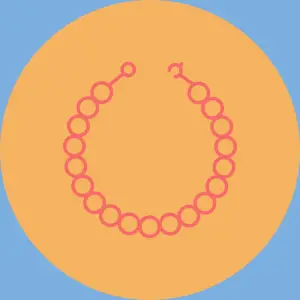
Now that you have your suit fit and tailored to perfection, it is time to accessorize! This is the most fun, and gives you an opportunity to bring your personal style into the suit.
Remember, you can also mix and match your suit bottoms and jackets, and also try the jackets with other dresses and skirts to expand your wardrobe.
Tops
Choosing a great top can really make your look come together. For a more formal look, choose darker colors with less contrast to the suit. Certain fabrics, such as silk and lace naturally communicate more formality.
For a more fun look, choose contrasting colors or patterns. Consider ruffles, a knit material, a wrap top or a bow blouse to mix things up.
For a print, think about how the print relates to the features in your face and how any contrast relates to your personal contrast. For example, if you have large facial features (think eyes, nose, lips) and low contrast, you will want a top with a larger print to match your features and lower contrast colors.
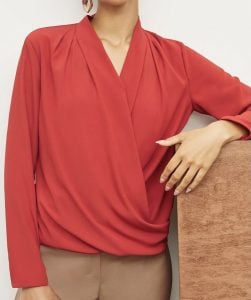
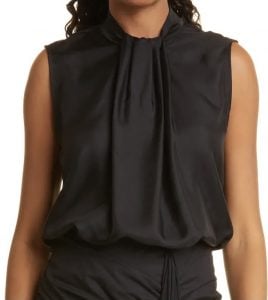
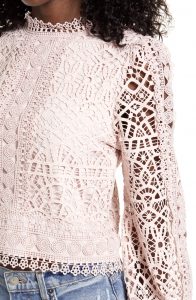
Remember, the best thing to do is try some things on with your suit and just see what looks best. Don’t over think it – if you feel good, it’s right.
Shoes
For a professional look, your heel should be 3 1/2” or lower. Generally, a closed toed pump is the best option with a suit. To add some personality, go with a fun color or print that coordinates with your suit.
Always have a flat shoe for walking to and from the office or for walking longer distances to lunch or meetings. Most pant suits look great with a flat as well. My favorite flat of all time is the Rothy’s pointed toe flat, which can be machined washed to keep them smelling fresh regardless of how far you walk in them.
Jewelry
Most professional looks include limited jewelry. For a more formal look, go with classic jewelry such as pearls or diamonds.
For a more creative or personalized look, try different jewelry, including a variety of colors.
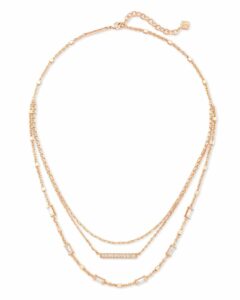
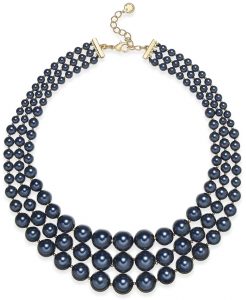
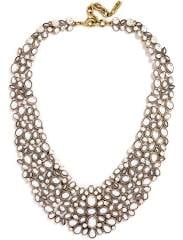
Other (bags, sun glasses, belts, etc)
Find high quality and neutral work bag and sunglasses that you can wear with most of your suits.
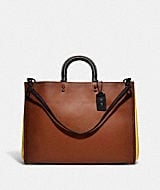
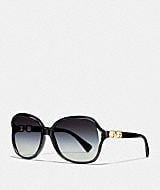
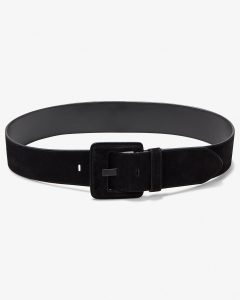
Renting Accessories
If you like changing up your accessories but don’t want to spend a fortune, I’ve tried two services that allow you to multiply your wardrobe by borrowing pieces, wearing them, and then sending them back.
The first was Rent the Runway, where you buy a monthly subscription, which allows you to rent a certain number of designer items per month. You can rent dresses, tops, dress pants, jackets, jewelry and handbags. This can keep your wardrobe fresh, and also allow you to test out those coveted high end brands with no commitment.
The other one I tried was Le Tote. This works in a similar way to Rent the Runway, but does not have the same level of designer clothes. But it also has a more tolerable price tag.
Chapter 5: Pull Your Look Together
At this point, you’ve done all the hard work and you can confidently wear your new suit.
This chapter includes some important tips to ensure you look your best.
You’ve invested in the suit, tailoring, and accessories, so now is the time to get the most value for your money.

Makeup, Nails and Hair
The very last step to pulling your killer look together is makeup, nails and hair. Here are some tips for each:
Makeup
Depending on what you’re doing, you will need to dial up or dial down the makeup. A speaking engagement will require more makeup to allow the audience to fully see your features, while an interview or a day-to-day look will take less makeup.
Make an appointment at a couple of beauty counters, letting them know the purpose of the makeover, and let them do their thing. Buy only what makes sense to you. I typically spend more on lipstick, foundation, concealer and mascara, while trying to spend less on eyeshadow, blush and powder.
Here are my 3 favorite makeup brands:
- Bobbi Brown – This has been one of my favorites for more than a decade now. I love the quality of the products and the colors. They have a lot of seasonal colors and looks as well.
- MAC Cosmetics – This makeup brand has a huge range of colors for all skin tones. They also have a great selection of products for a dialed up look.
- Thrive Causemetics – This is a great brand, especially for younger women, that donates a portion of proceeds to “help women thrive.” Bonus: this brand is vegan and cruelty-free. They have high quality products and a lot of online help.
I recommend you try more than one brand, have a makeover done if possible, and choose the brand that fits you best.
Nails
Your hands are always on display and can really add to an all around polished look. For a professional look, consider shorter nails and more neutral colors, or a classic red.
Get a manicure or use a high quality long lasting nail polish, such as Essie Gel Couture. I’ve used this nail polish for years and it lasts for a full 7 days with little or no chipping.
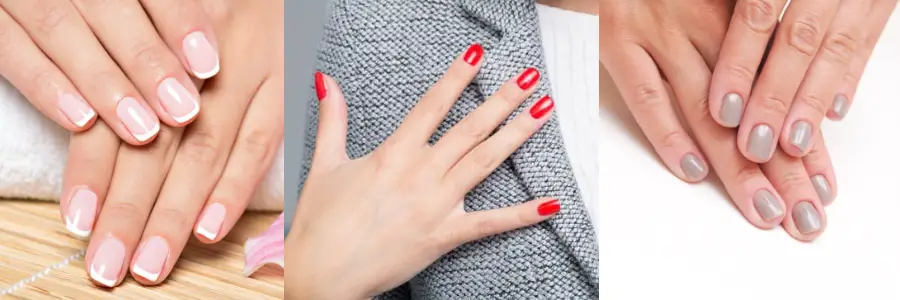
Hair
Having healthy, well cared for hair will make anything you wear look better. If you color your hair, keep your color fresh and don’t allow for too much root exposure. Get regular trims and ask your stylist about the right products for a professional look.
Try to have 3-4 go-to work hair styles, to keep it easy and fun. For example, my 4 go-to work hair styles are: (1) straightened, (2) curled, (3) half up with a barrette and (4) in a low bun. Experiment, work with your stylist, and learn to do your go-to work hairstyles quickly and with little fuss.

Dress Rehearsal
Try on your suit with the accessories you purchased. Try different accessories to build additional looks. Also try different hairstyles with each look to see what works best.
It’s hard to determine what looks good just by looking in the mirror, so have a friend take a picture of you with your from the front, side and back. Look at the photos for any fit or proportion issues, but also it will be easy to put the photos side by side to identify what looks are best.
Look Book
Once you find the looks that are just right, create a look book that you can choose from each work day or each time you need to wear a suit. You can do this in a lot of ways, but I use an app called Stylebook, which lets you plan outfits by day and helps you to see when you have worn outfits previously. It keeps me from wearing my favorite items over and over, ensuring I mix it up!
Nice job pulling your full look together! Now you are ready to take your fierce new look out and conquer.
Bonus Chapter: Care For Your Suit
Now that you have found, tailored and accessorized your new suit, it is time to take care of it.
A high quality, well cared for suit can last for many years and through many wears.
In this chapter you will learn how often to wash or dry clean your suit, how to freshen up your suit between washes, and how to store your suit when needed.

Washing
Because you typically will wear a top under a suit, you don’t need to wash or dry clean it as often as you do other clothes.
Washable Suits
Wash washable suits every two to three times you wear it. I wash mine on the hand wash/delicate cycle on my washing machine and use a mild detergent like Woolite Delicates. Lay it flat to dry. Before wearing, steam out any wrinkles with the Jiffy Garment Steamer.
Dry Clean Suits
If you have a dry clean only suit, you should dry clean it as little as possible. Dry cleaning is harsh on fabric, harsh on the environment and harsh on humans. When you do need to dry clean, be sure to remove the plastic as soon as you can and if you’re able, hang the clothes outside on a covered porch for an hour to air out the fabric.
Note: Save the plastic bags from the dry cleaner as they are great for travel. When traveling, put your suit back in the dry clean bag before packing. You’ll arrive with significantly less wrinkles.
It is very important to dry clean all suit pieces at the same time. For example, if you have a suit with a jacket, a skirt, and a pant option, all 3 pieces must be dry cleaned at the same time so that they all wear the same. Because dry cleaning is harsh on fabric, it could cause the colors to fade slightly or the fabric to look slightly different.
Between Washes
To keep your suit fresh between washes, use the Jiffy Garment Steamer to release wrinkles, reduce odors and refresh the fabric. This may seem like quite an investment, but I’ve had mine for over ten years and used it thousands of times. It’s good for suits, but can also be used on delicate fabrics that can’t be ironed such as silk and lace, and can also be used to freshen up curtains and other items.
I also use Dryel to extend the amount of time between dry cleaning trips. You just throw up to 4 pieces in the Dryel bag, add a Dryel cloth, and tumble dry to activate a steam-cleaning environment. Pull the items out of the dryer and hang immediately to release wrinkles.
Spot clean any stains with a mild detergent and water as soon as you notice them.
Lastly, consider purchasing a clothing brush to remove hair, lint, and fuzz from your suit, especially if you have pets. Carefully brush suit in a downward direction until clean.
Storage
If you don’t wear suits often, or if you have suits that are season specific, you will need to carefully store them. Here are a few tips.
- Ensure suits are clean prior to storing. Wash or dry-clean them before preparing to store them.
- Pick a cool, dark, dry place to store them.
- Use a natural wood hanger, wide enough to protect the shape of the jacket.
- Use breathable non-plastic storage bags
- Hang cedar or lavender with your suits to discourage moths and other bugs
Enjoy!
Whew! That was a lot. But I hope you have all the information you need to buy your best suit. A perfect suit can increase your confidence, command respect from others, and allow you to be the powerful woman you were meant to be.

